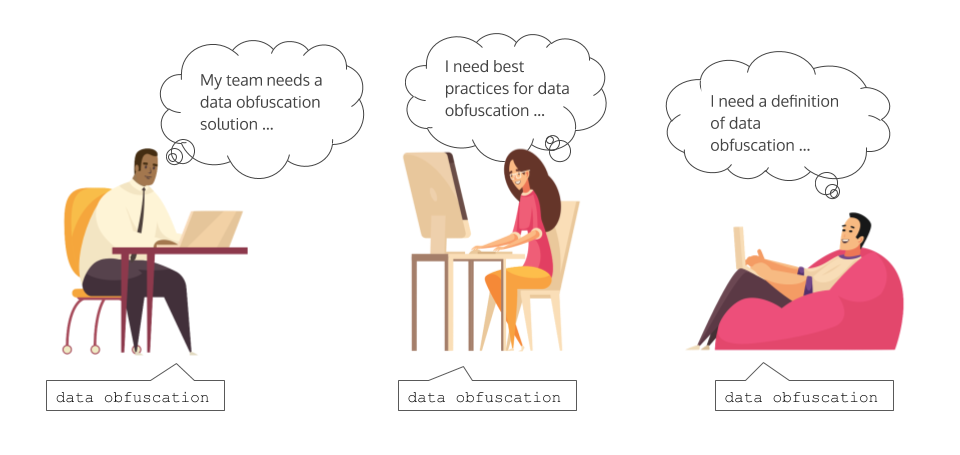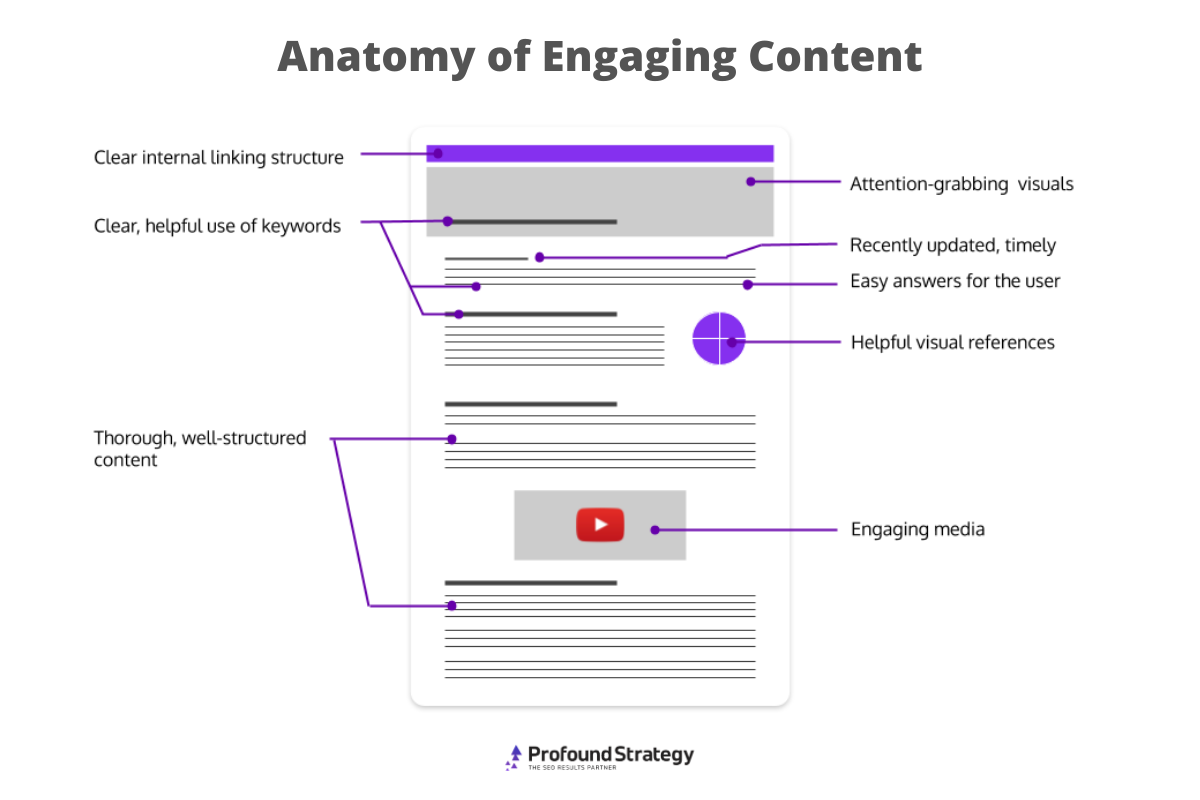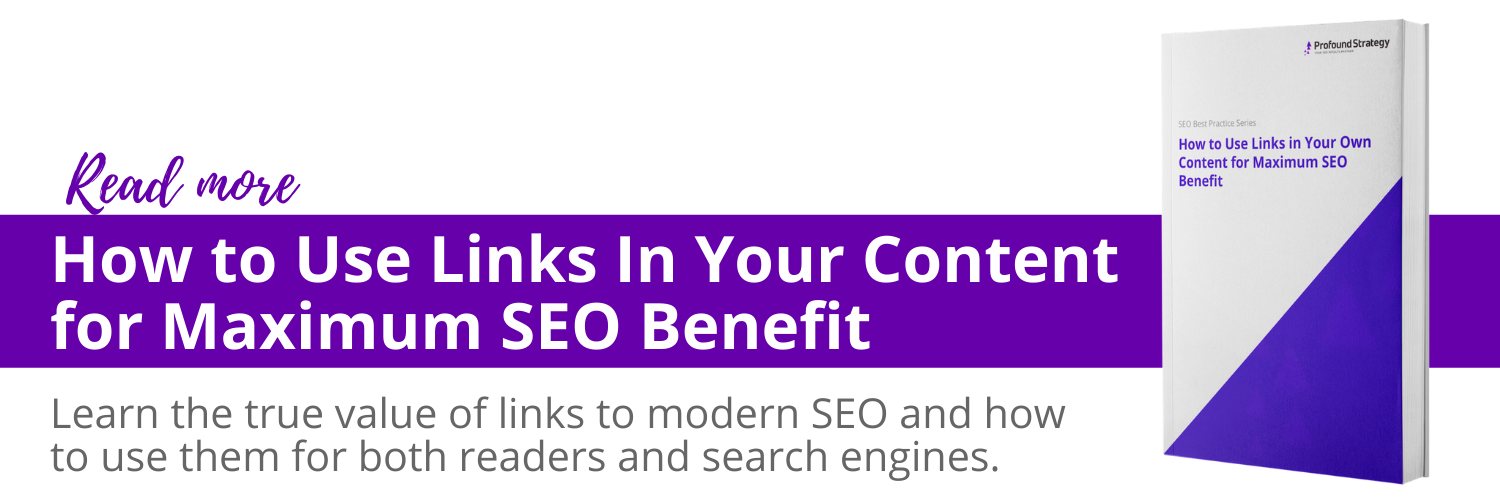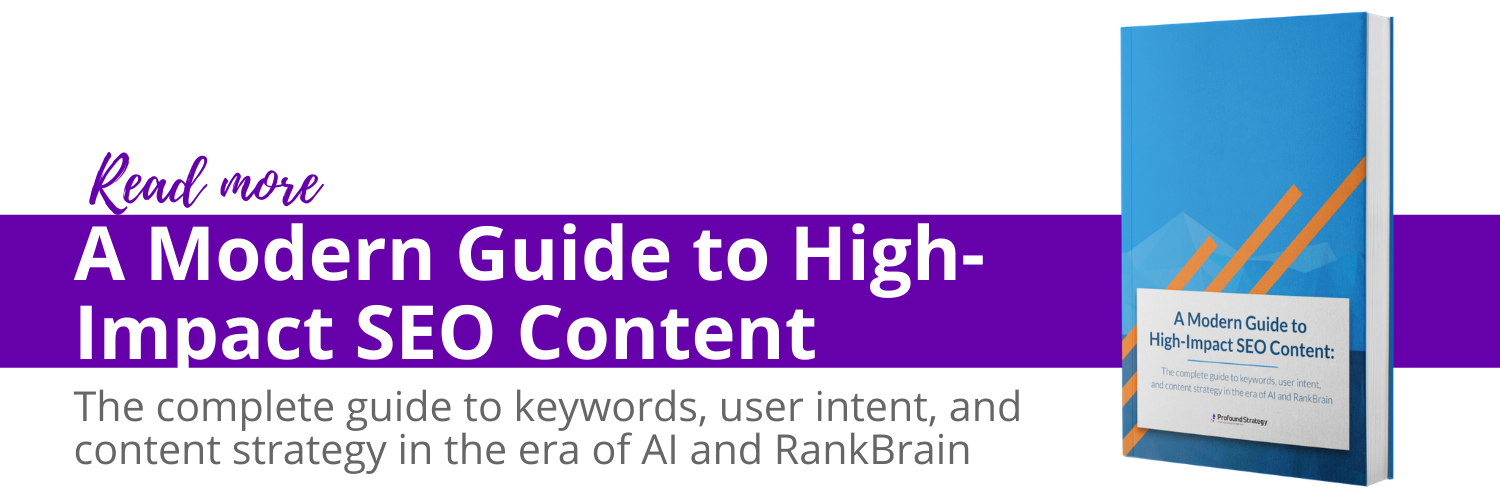What is SEO Content? A Complete (Updated) Guide
SEO content is on-page content designed to appear at the top of organic search results and generate qualified organic traffic for a website.
SEO content includes everything from blog posts, to news articles, to technical resource pages, to lengthy guides. It may include simple text, images, videos, infographics, or a variety of other items.
Search engines, like Google or Bing, use a wide selection of ranking factors to decide where to place content on search engine result pages (SERPs). For example, regularly publishing content may be one of the ways that Google updates page rank for a website.
There are several elements of SEO content that help attract the attention of both target audiences and search engines, including addressing user needs, keyword research, content structure, and content creation.
1. Effective SEO Content is NOT Based on Keywords
Marketers need to know what their audience wants, and how they search for it. This is traditionally discovered via keyword research, but old-fashioned keyword research strategies are no longer enough to drive a reliable SEO strategy.
Search algorithms have evolved far beyond basic keyword matching tools, which means a long list of keywords is no longer a content strategy. Google understands that there are a variety of questions and needs behind each query, and is heavily invested in discerning what users really need in order to provide the best search results.
Keyword research can help marketers start to understand how their target audiences are using search along the buyer’s journey, but modern marketers need to investigate SEO keywords to discover the real need that the user is bringing to search.
Learn more about SEO keywords and how they work in organic search today. →
2. SEO Content is Based on User Need
90% of internet experiences start with a search query. But queries are really just code for what the user actually needs. That’s why modern, effective SEO is based on understanding the target audfience’s real need(s) for each keyword.
user need
n. a specific need that a user has, at a specific point in the buyer’s journey, that inspires an organic search query
For example, a user searching data obfuscation could have any of the following needs that all require different answers:
– Define data obfuscation
– Learn about data obfuscation
– Purchase data obfuscation services

A user need will include multiple keywords. “I need a definition of data obfuscation,” for example, is the primary user need behind a list of keywords:
– data obfuscation
– what is data obfuscation
– data obfuscation definition
– define data obfuscation
Each of these terms has its own search volume, but the same few pieces of truly outstanding content sit at the top of SERPs for all of them. That’s because Google understands that they all represent the same user need, and that those top-performing content assets provide the best answers.
Targeting user needs, then, vastly improves organic traffic to a site by aiming for the heart of what search engine queries are being asked.
Learn more about how to investigate keywords for user needs. →
3. SEO Content is On-Page
User needs directly influences the type of content needed to satisfy that need. SEO content can be anything as long as it is on-page and targets the user need.
Investigating user needs will usually reveal which type of content users—and, thus, Google—prefer. Are users looking for products and solutions, or information and insights? Do they prefer content with custom images and video? Is favored content formatted as listicles, complete guides, or short summaries?
Some of the more common types of SEO content include:
Product and Solutions pages can be SEO content, if the target audience is comparing solutions or is ready to purchase.
Resource pages take an in-depth look at a topic. When a user wants to learn about a topic, resource pages will cover most aspects of a topic thoroughly.
Blog posts are sometimes quicker to write than resource pages. They can be published consistently and help to build authority within an industry, making it easier to inform uses of relevant information.
Lists give users concrete ways to solve some needs. If a user is trying to find a keyword research tool, a list of tools will help them narrow down which tools to use.
Videos are not as easy to create as written SEO content, but they are great for product tutorials, or for guiding users through processes that would be too difficult to describe in writing.
SEO content is thoroughly researched and detailed. No matter what form the content seems to take, they are developed from highly structured and detailed outlines.
Pages are organized with Heading tags, or H tags. An H tag organizes titles and subheadings to make information within content to stand out. Aside from making pages easier to search, it helps to prevent content from competing against itself when user needs are similar enough that there may be overlapping material.
4. SEO Content is Engaging
SEO content is usually a highly structured piece of marketing designed to best engage with users. Structured content helps an audience quickly and easily find the information that they’re looking for, and makes it easier for Google to understand what the page should rank for.

Google takes UX into account as a ranking factor and watches engagement metrics to determine which content users prefer. Structured SEO content tends to benefit all parties when done well.
No matter the degree to which SEO is prioritized in content, the writing itself must remain enjoyable and easy to read.
A few best practices include:
Address user needs right away, so readers know that they found what they were looking for. A clear statement of purpose and explanation of the piece will keep readers engaged and scrolling for more.
Keep paragraphs relatively short, never stretching the length of the entire screen. Tight blocks of text are easier to digest and prevent reader fatigue.
Break up content with other media to help keep the user engaged. Images, graphs, or videos can keep users focused, as well as offering additional insights that may be difficult to communicate in text.
Include internal links to other, relevant pages to help answer users’ questions and encourage clicks and longer site sessions. External links add authority and inform both Google and readers that the work is well-researched.
Writing SEO Content
SEO content boils down to several key ingredients that greatly benefit content of all forms.
- Research SEO content that’s winning. The best way to discern what a targeted audience (and Google) are actually looking for is to see what is already winning organic search.
- Create better content. Only the best SEO content climbs to the top of SERPs. Build on the foundation provided by your research with unique insights, opinions, and brand voice.
- Optimize the content for the user. Structure content to best benefit the user. Pages should be simple to scan for prominent information.
- Analyze traffic. Monitor the results of published content. Lessons learned from monitoring can improve future writing, or inform any modifications and updates to existing content.
Writing excellent SEO content takes practice and patience.
For more details on these steps (and more), see Writing SEO Content: Everything You Need To Know. →
Increase Organic Traffic
Only the best SEO content can earn the top spots on SERPs. It must be based on the user’s need (not a keyword), well researched, and engaging. Creating this kind of content on a consistent basis is necessary to produce reliable SEO growth.
Get even more details on the process in our Modern Guide to High-Impact SEO.
Or jump the curve by partnering with a modern SEO agency that has experience creating the kind of SEO growth that earns buy-in all the way up the to C-suite. Profound Strategy’s certified content provides reliable, predictable SEO growth. If you’re ready to see a rise in organic traffic, Profound Strategy is ready to help make it happen.

